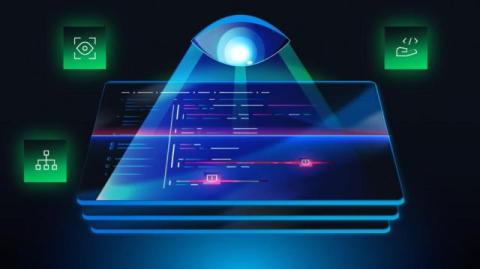Securing Code in the Era of Agentic AI
AI coding assistants like GitHub Copilot are transforming the way developers write software, boosting productivity, and accelerating development cycles. However, while these tools generate code more efficiently, they also introduce new risks more efficiently—potentially embedding security vulnerabilities that could lead to severe breaches down the line. What is your plan for reducing risk from the vast amount of insecure code coming through agentic AI in software development?








